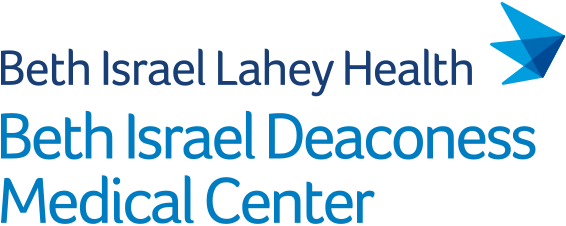Abstract
KEY POINTS: This Myocardial Ischemia and Transfusion (MINT) trial analysis evaluated the optimal transfusion strategy for patients with CKD and anemia experiencing acute myocardial infarction. In patients with CKD, a liberal transfusion strategy overall did not demonstrate benefit over a restrictive strategy.
BACKGROUND: CKD is associated with higher risk of myocardial infarction and anemia. Among patients with anemia and CKD who experience myocardial infarction, it remains uncertain whether a liberal red blood cell transfusion threshold strategy (hemoglobin cutoff <10 g/dl) is superior to a restrictive transfusion threshold (hemoglobin, 7–8 g/dl) strategy.
METHODS: Among the 3504 patients enrolled in the Myocardial Ischemia and Transfusion (MINT) trial with nonmissing serum creatinine, we compared baseline characteristics and 30-day and 6-month outcomes of patients without CKD (N=1279), CKD with eGFR 30–60 ml/min per 1.73 m2 (N=999), CKD with eGFR <30 ml/min per 1.73 m2 (N=802), and CKD requiring dialysis (N=415) by assigned transfusion strategy.
RESULTS: No statistically significant interactions were observed between CKD stage and assigned transfusion strategy. Among non–dialysis-dependent patients with an eGFR <30 ml/min per 1.73 m2, a restrictive transfusion strategy was associated with a higher risk of 30-day death or recurrent myocardial infarction (risk difference [RD], 5.8%; 95% confidence interval [CI], 0.4% to 11.2%) compared with a liberal transfusion strategy. Among patients with an eGFR 30–60 ml/min per 1.73 m2, a restrictive strategy was associated with a similar risk of 30-day death or recurrent myocardial infarction (RD, 3.7%; 95% CI, −0.9% to 8.2%) compared with a liberal transfusion strategy. Among patients with CKD requiring dialysis, a restrictive strategy was also associated with a similar risk of 30-day death or recurrent myocardial infarction (RD, −2.6%; 95% CI, −10.0% to 4.8%) compared with a liberal transfusion strategy.
CONCLUSIONS: In patients with CKD included in this MINT subgroup analysis, a liberal transfusion strategy was not worse than a restrictive transfusion strategy and was associated with less harm in subgroups not receiving dialysis.
CLINICAL TRIAL REGISTRY NAME AND REGISTRATION NUMBER:: Myocardial Ischemia and Transfusion (MINT), NCT02981407.

